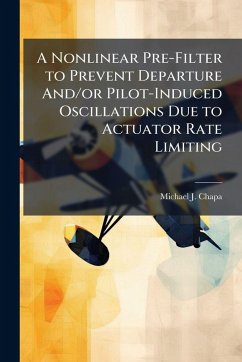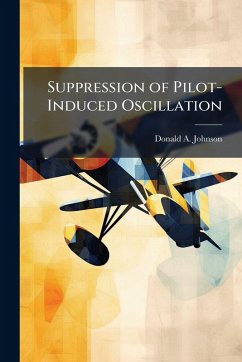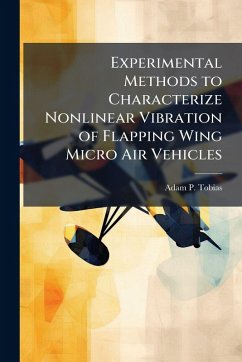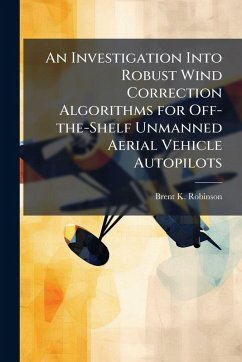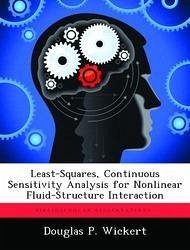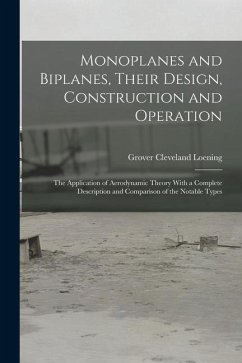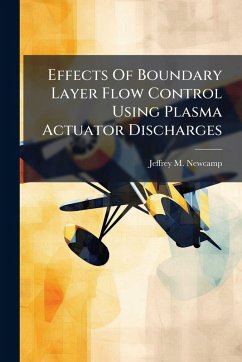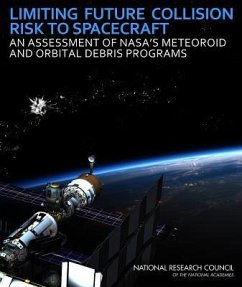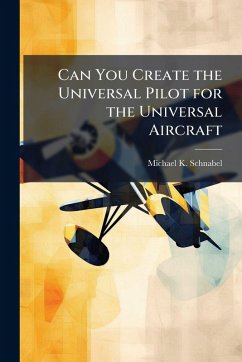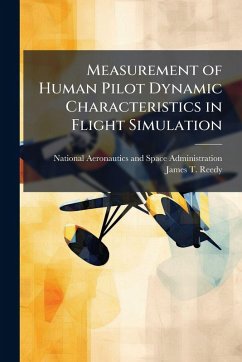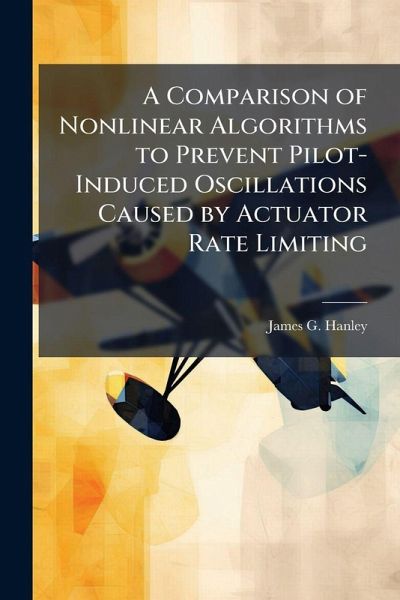
A Comparison of Nonlinear Algorithms to Prevent Pilot-Induced Oscillations Caused by Actuator Rate Limiting
Versandkostenfrei!
Versandfertig in über 4 Wochen
17,99 €
inkl. MwSt.
Weitere Ausgaben:

PAYBACK Punkte
9 °P sammeln!
Actuator rate limiting has contributed to Pilot-Induced Oscillations (PIO) on almost every new fly-by-wire aircraft. Actuator rate limiting affected aircraft handling qualities in two ways: it exposed the aircraft's unaugmented flight dynamics and shifted the phase between the pilot input and actuator output. Phase shifting was the primary cause of PIO due to rate limiting. Two proposed solutions both placed a flight control system filter between the pilot command and actuator input. The first, referred to as Feedback-with- Bypass (FWB) and developed by Dr. Lars Rundqwist of SAAB Aircraft, use...
Actuator rate limiting has contributed to Pilot-Induced Oscillations (PIO) on almost every new fly-by-wire aircraft. Actuator rate limiting affected aircraft handling qualities in two ways: it exposed the aircraft's unaugmented flight dynamics and shifted the phase between the pilot input and actuator output. Phase shifting was the primary cause of PIO due to rate limiting. Two proposed solutions both placed a flight control system filter between the pilot command and actuator input. The first, referred to as Feedback-with- Bypass (FWB) and developed by Dr. Lars Rundqwist of SAAB Aircraft, used a low-pass filter to add phase lead to the pilot command. The second, referred to as Derivative- Switching (DS) and developed by Dr. Brad Liebst and Capt. Mike Chapa of AFIT, used the first and second derivatives of the pilot's command to reverse the actuator output in phase with the pilot input during actuator rate limiting. The objective of this study was to compare the ability of these two flight control system filters to prevent PIO during actuator rate limiting, and the filters' effects on aircraft handling qualities. This work has been selected by scholars as being culturally important, and is part of the knowledge base of civilization as we know it. This work was reproduced from the original artifact, and remains as true to the original work as possible. Therefore, you will see the original copyright references, library stamps (as most of these works have been housed in our most important libraries around the world), and other notations in the work. This work is in the public domain in the United States of America, and possibly other nations. Within the United States, you may freely copy and distribute this work, as no entity (individual or corporate) has a copyright on the body of the work. As a reproduction of a historical artifact, this work may contain missing or blurred pages, poor pictures, errant marks, etc. Scholars believe, and we concur, that this work is important enough to be preserved, reproduced, and made generally available to the public. We appreciate your support of the preservation process, and thank you for being an important part of keeping this knowledge alive and relevant.



